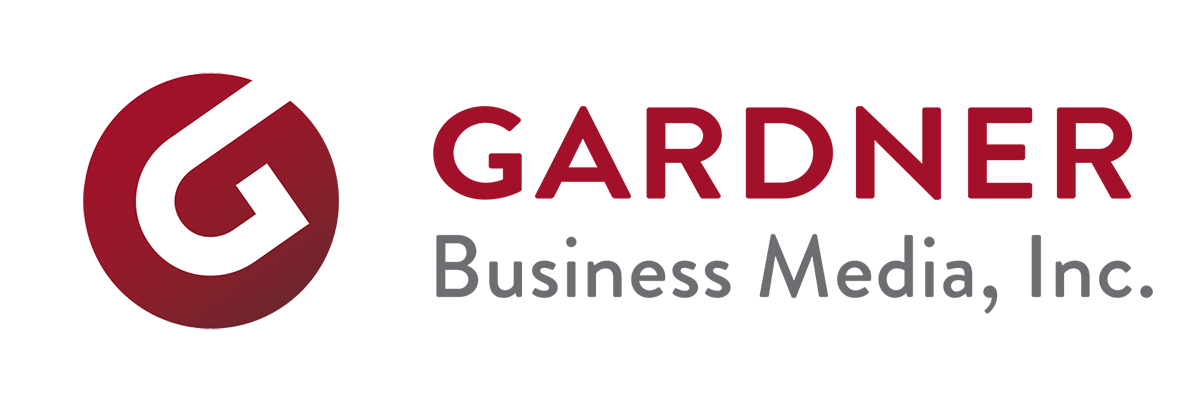Bosch Announces Production-Ready Lidar
It has long been rumored and now it is officially announced.
#electronics

(Image: Bosch)
Ask anyone who is involved in developing automation for vehicles about the sensors required to do the job and they’ll almost invariably tell you that the more the better. And not only more in terms of quantity, but type.
So Bosch has announced that it has developed what it calls “production-ready” lidar sensors—which complement its radar, ultrasonics and camera offerings.
Says Harald Kroeger, Bosch management board member: “By filling the sensor gap, Bosch is making automated driving a viable possibility in the first place.”
Lidar works by sending out laser pulses and then capturing the bounce-back. Measuring the amount of time it takes for the return allows the system to calculate distances. The light can travel long ranges, which means that lidar enhances the amount of time that the vehicle has available to it to take action should it be required.
So far Bosch isn’t providing details on its lidar tech. But given that it introduced radar-controlled adaptive cruise control in 2000, the company has deep expertise in both sensors and the use of those sensors in automated driving systems, so odds are very good that it truly does have something production-ready for Level 3 to 5 automated vehicles. (Odds are also good that it will be initially deployed—for production applications, not simply development—in what are called “Level 2.5” or “Level 2+” applications, where the driver is still in the loop (e.g., systems like the Cadillac Super Cruise).
Bosch is still working on its other sensor tech. In addition to announcing the lidar, it also announced that it has enhanced its camera systems with artificial intelligence: the camera detects objects, then categorizes them (vehicle, pedestrian, bicycle) and measures their movement such that in cases like urban settings where there might be something or someone darting out from behind something else, the camera system can provide a warning or engage automatic emergency braking.
Kroeger: “We want to make automated driving safe, convenient and fascinating. In this way, we will be making a decisive contribution to the mobility of the future.”
Ideally, they’ll make it so good that it is actually boring.
RELATED CONTENT
-
Jeeps Modified for Moab
On Easter morning in Moab, Utah, when the population of that exceedingly-hard-to-get-to town in one of the most beautiful settings on Earth has more than doubled, some people won’t be hunting for Easter eggs, but will be trying to get a good look at one of the vehicles six that Jeep has prepared for real-life, fast-feedback from the assembled at the annual Easter Jeep Safari.
-
Cobots: 14 Things You Need to Know
What jobs do cobots do well? How is a cobot programmed? What’s the ROI? We asked these questions and more to four of the leading suppliers of cobots.
-
Choosing the Right Fasteners for Automotive
PennEngineering makes hundreds of different fasteners for the automotive industry with standard and custom products as well as automated assembly solutions. Discover how they’re used and how to select the right one. (Sponsored Content)


.jpg;width=70;height=70;mode=crop)








